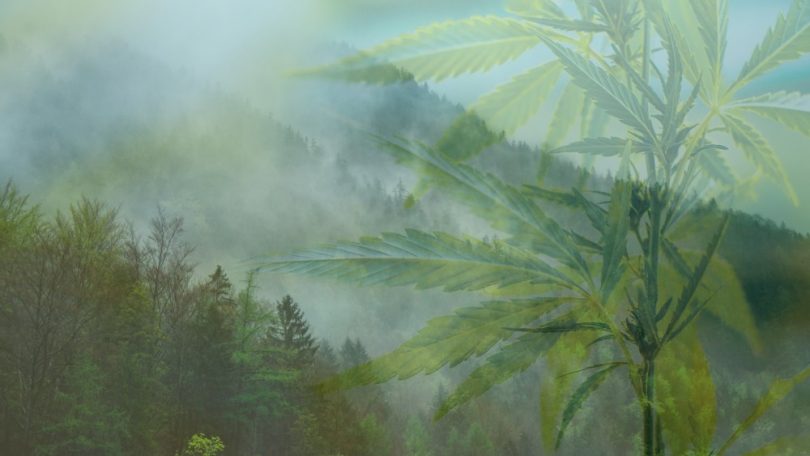Researchers in Italy have found that growing cannabis in a mountain environment can influence biochemical changes in the seeds. Cannabis seeds are a powerhouse of nutrition, containing high amounts of protein and the ideal 3:1 ratio of health omega-6 and omega-3 fatty acids. With great interest in the production of cannabis seeds for their nutritional value, researchers decided to find out how mountain growth environments may impact these valuable nutritional compounds.
They used two different cultivars called Futura 75 and Finola. The experimental plants were grown in the Italian Alps. Their seeds were collected and analyzed in comparison with seeds from plants grown at average elevation at the end of one growing cycle. Once collected, protein profiles were obtained using sequential and total protein extraction. Proteins were identified using mass spectrometry and analyzed using both sodium dodecyl sulphate–polyacrylamide gel electrophoresis (SDS-PAGE) and 2D-gel electrophoresis. In addition to the protein profiles, fatty acid profiles were analyzed.
When it comes to the protein analysis, cultivars that were grown in the mountain environment showed a decrease in protein content. They speculate that the changes in protein content suggest early germination that was identified by the characterization of fragmentations of the storage proteins. This increase in storage proteins also serves as an indicator that mountain-grown cannabis varieties may produce more antioxidant and bioactive peptides than plants at lower elevations.
As for the fatty acid profiles, both of the mountain-grown cultivars showed significant increases in polyunsaturated fatty acids. Futura 75 had the most ideal 3:1 omega-6 to omega-3 ratio. At the same time, for some unexplained reason, Finola had lower amounts of omega-3 and higher amounts of omega-6.
Although there were distinct differences discovered between the seeds produced in the mountains and seeds grown in non-mountainous environments, researchers couldn’t pinpoint any specific variables that contributed to the biochemical changes observed. More research in this area is needed as the demand for natural foods like hemp seeds continues to rise.
References:
- Cattaneo, C., et al.Biochemical aspects of seeds from Cannabis sativa L. plants grown in a mountain environment. Sci Rep 2021. 11, 3927. https://doi.org/10.1038/s41598-021-83290-1 Times Cited: 0 Journal Impact Factor: 5.133








